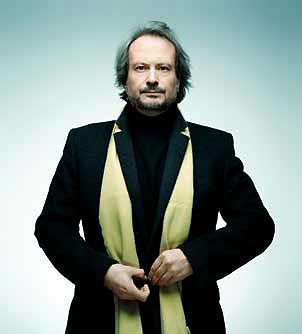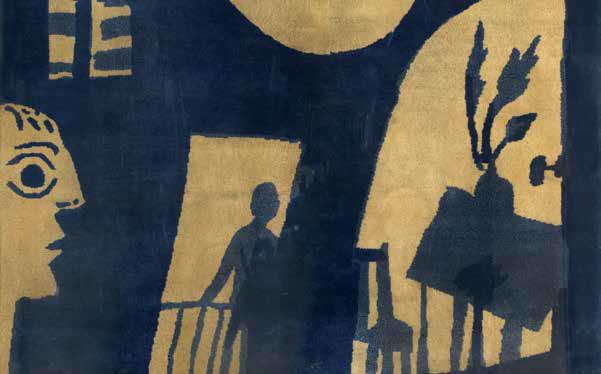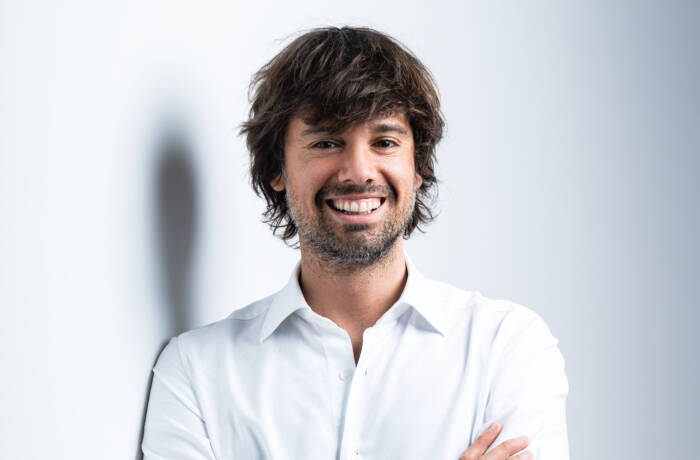
Former Exhibitions – ‘Van Gogh, Dreaming of Japan’ and ‘Jackson Pollock and Shamanism’ were about transversality
This autumn, Singapore hosts two notable events: a Formula One Grand Prix, and the Pinacothèque de Paris’ first ever pop-up museum in the region. Marc Restellini, the owner of the fabled museum, talks us through its collection and his philosophy
“A museum must not become a cemetery.” André Malraux’s remark underlines a fear, which unfortunately, has been well-founded for years, not only in France, but also all over the world.
His statement raises a fundamental question: what becomes of an artwork once it has left a collector’s walls to take its place in a museum? Whether they have donated, sold or loaned artworks, collectors are the wellsprings of museums. The Louvre, the MoMA, the Hermitage or the NAMOC for example, there is no museum in the world that has not come into being by virtue of private collections.
I have never ceased to wonder why an artwork loses its power as soon as it is exhibited in a museum. Being fortunate enough to have seen the works in the collectors’ homes and being stunned by their splendour, I cannot understand why, when I find them years later inside a museum, that they have lost that magic, that aura which I found in them previously.
Is this the fear that Malraux tried to express? He was, after all, an enlightened art lover who knew collectors so intimately, and who was for so long the head of the French museums as the country’s first Minister of Cultural Affairs from 1958 to 1969.
But what is a museum? In the past, collected objects were kept and exhibited privately. The great collectors such as Barnes, Morosov, or Chtoukine, just to mention some of the best-known, allowed public access to their collections once a week. Is the private museum not an extension of the Curiosities Cabinet? The Curiosities Cabinet first emerged during the Renaissance and was a place to house collections of a variety of objects. The term ‘Chamber of Wonders’ was used later for collections that primarily held works of art. Curiosities Cabinets finally disappeared in the 19th century when they were essentially replaced by museums.

Pinacothèque de Paris, The art gallery is located at place de la Madeleine, in the 8th arrondissement of Paris
The idea today is to bring back everything the museum had lost of its essence and meaning. Indeed the name of the museum that will open in 2015 in Singapore is called La Pinacothèque de Paris. Etymologically, ‘pinacothèque’ means ‘box of paintings’, and connotes intimacy and secrecy. To provide visitors with a taste of what is to come when the Singapore Pinacothèque de Paris officially opens, a pop-up exhibition will open this year on 14 September. Entitled ‘The Art of Collecting, Masterpieces from the Pinacothèque de Paris’, the exhibition will span over five hundred years of art history through prestigious works of art by 20 world-famous artists including Botticelli, Rembrandt, Van Dyck, Monet, Renoir, Modigliani, Picasso and Chu Teh Chun among others. The museum in Singapore will mirror that of France, a fine art museum known for its critically acclaimed exhibitions that celebrate transversality and the dialogue between different works of art.
‘Transversality’ is a term that goes some way towards explaining how a small, timeless, community of artists, from all periods, cultures and origins, are united by a similar way of thinking and behaving. By its encyclopaedic approach, every museum tends to make us forget its main role: to ensure that the works stay alive. They all speak of beauty, have identical references and the same historical narrative. But these works have to be placed together in order to set up a dialogue — beyond borders and periods — for they summon up what we all have in common.
That is why, for the first time, I have chosen to show works together without classifying them by period or artist, or even by category like in other museums. By combining them according to my sensitivities and with an iconographic, and aesthetic logic, I have attempted to re-establish the original dialogue found within the art lover’s cabinet, that timeless place wherein the works can converse, dialogue and come to life again.
So forget everything you have been taught, or all you have not learned; let yourself go with the intermingling, the combinations, and try to find the keys you are offered in order to hear the works speaking to each other. You will enjoy, without any complexes, works that are usually impossible to see side by side. You will see Botticelli, Van Dyck or Renoir representing the worthies in the same way, be they Italian in the 16th century, Flemish in the 17th or French in the 19th century. You will also notice that Botticelli and Pierre de Cortone’s circle saw religion in an identical way; and that the landscapes by Picasso, Monet and Ruysdael were constructed in the same fashion.
A singular experience in today’s world, a museum exhibition serves as a reminder that understanding can be framed in an attractive and playful manner, as long as one liberates one’s sensitivity. The artworks shall not be contemplated individually, but should be observed together, within their referential aspects. Future visitors of the Singapore Pinacothèque de Paris will be invited to enter the precious lair of a collector’s passion and experience a repository of wonderment and beauty.
Singapore, a country with numerous museums, shows a strong interest for culture(s) and a serious involvement in community outreach and education. That was therefore natural and logic to implement the Pinacothèque de Paris in Singapore. And as a matter of fact, the Pinacothèque de Paris will offer the first network of museums making the connection between Asian and Western art. We are excited to welcome you to our first show in the Red Dot.
About the Pinacothèque de Paris
Pinacothèque de Paris, the largest private art museum in Paris, will open its first venue outside of Europe in Singapore. Set to fully open by the first quarter of 2015, the Singapore Pinacothèque de Paris will be located at the Fort Canning Centre, within Fort Canning Park. Pinacothèque de Paris is well-known for presenting world-class exhibitions by master artists the likes of Rembrandt Harmensz, Vincent van Gogh, Claude Monet, Amedeo Modigliani, Pablo Picasso, Edvard Munch and Jackson Pollock among others. These masterpieces are borrowed from private collections not normally seen in a museum setting and the way they are presented is unique.











